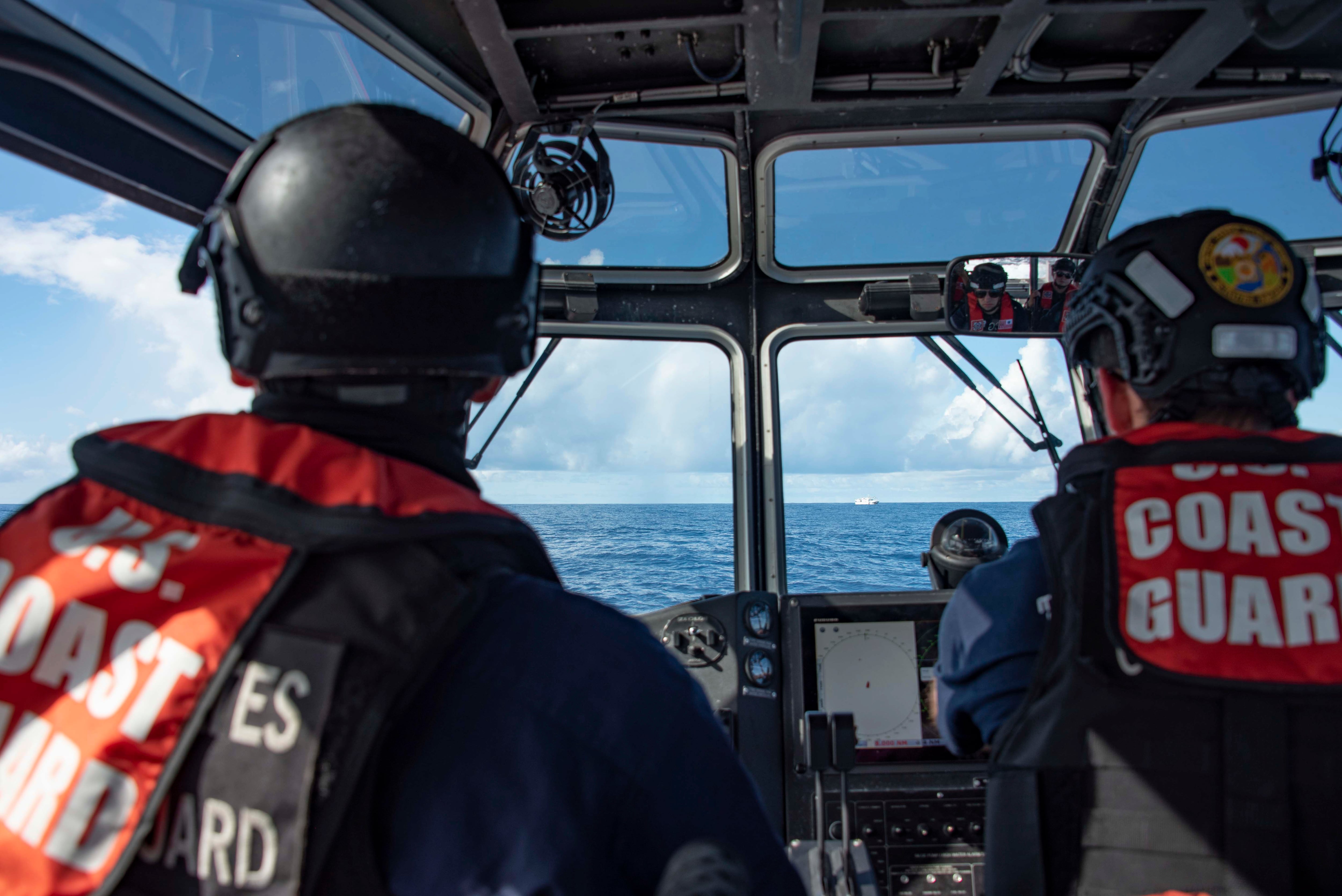ORLANDO — Capella Space is combining its space-based imagery with pattern recognition to more quickly detect and characterize vessels of interest.
The company, which builds and manages synthetic aperture radar satellites, or SAR, this week rolled out its Vessel Classification tool, promising streamlined analysis and an automated ability to track ships across its historical archives.
Governments, outside experts and observers are increasingly tapping overhead imagery to monitor faraway fighting or materiel buildup. Its applications were exemplified in the lead up to Russia’s renewed invasion of Ukraine in 2022 and, more recently, to assess damage stemming from the Israel-Hamas war.
Unlike traditional electro-optical satellite imagery, which can be hampered by poor weather and lighting, SAR generates images with radar that can penetrate cloud cover and other adverse conditions.
David Hemphill, a senior product manager at Capella, told C4ISRNET the classification capability takes data and turns it into actionable information.
RELATED

“There might be a lot of different locations you’d be monitoring that you’re not really interested in — until a warship shows up,” he said in a May 7 interview at the GEOINT conference in Florida. “It gets you that much closer to the type of answers that an analyst is looking for, without necessarily having to do as much manual labor.”
The Department of Defense and intelligence community officials have stressed the importance of maritime domain awareness, or a deep understanding of what is happening on, below or near the water’s surface. Such awareness will be critical in the Indo-Pacific, where the U.S. is preparing for potential clashes with China.
Hemphill said ordering Vessel Classification is as easy as checking an additional box on the California-based company’s platform. The tool was made possible by EMSI, a company with years of geospatial intelligence experience.
“We can get more diverse looks at maritime, and it’s consistent,” he said. “We can now tell you if it’s a warship, a submarine, a tanker, those sorts of things. And then if you’re monitoring a certain location, you can start to get trends and graphs.”
Colin Demarest was a reporter at C4ISRNET, where he covered military networks, cyber and IT. Colin had previously covered the Department of Energy and its National Nuclear Security Administration — namely Cold War cleanup and nuclear weapons development — for a daily newspaper in South Carolina. Colin is also an award-winning photographer.








